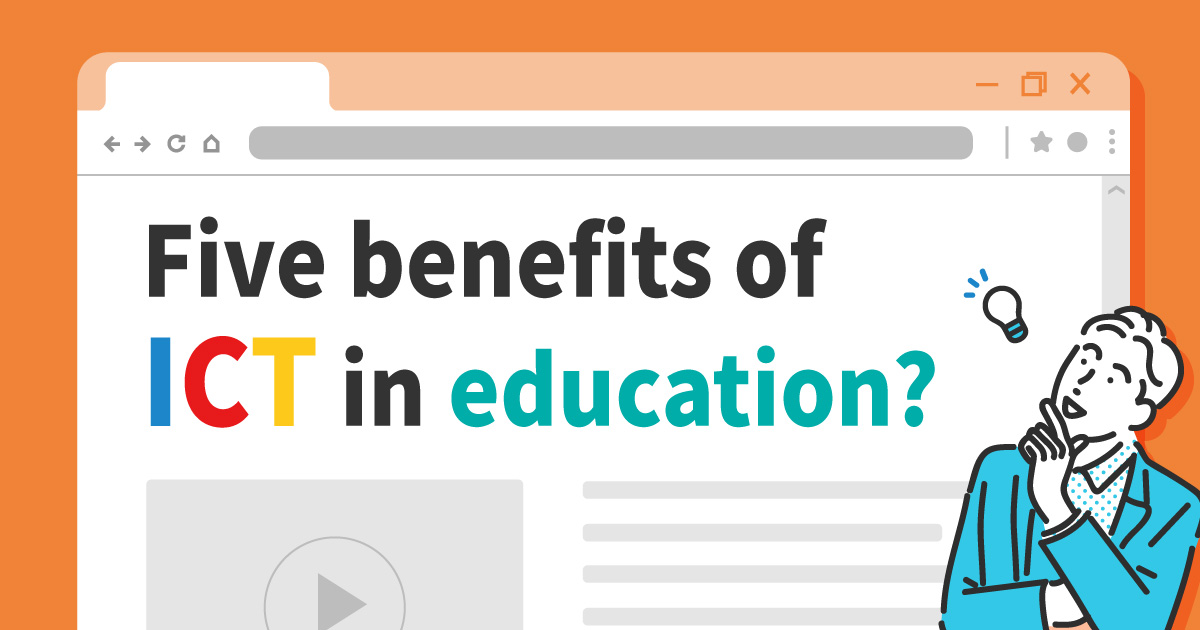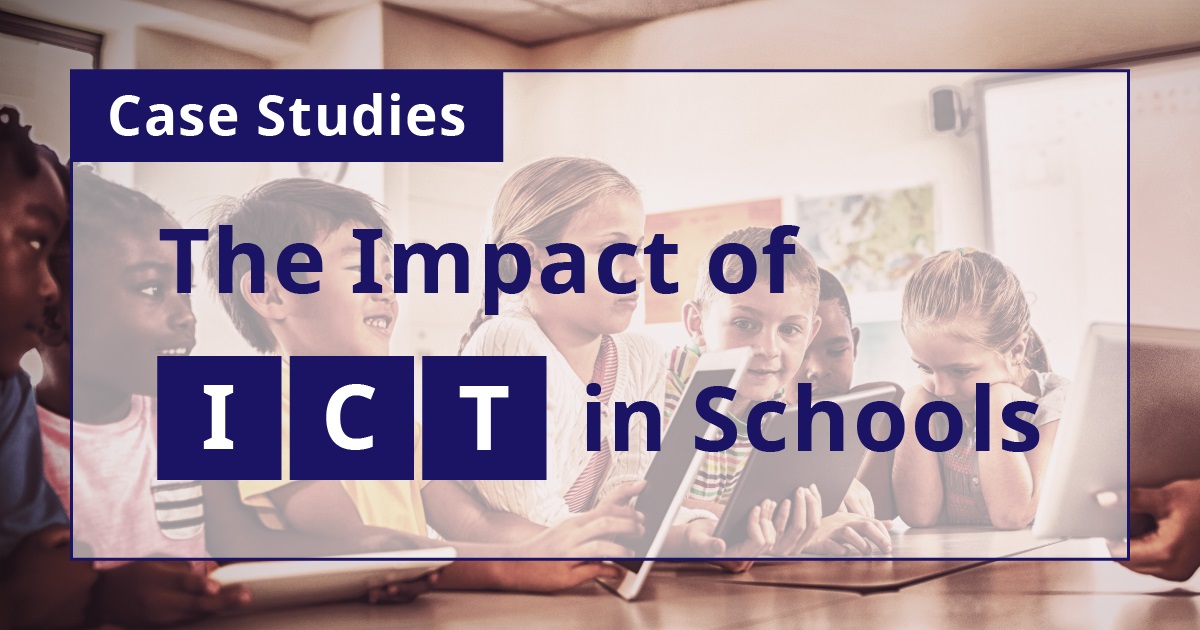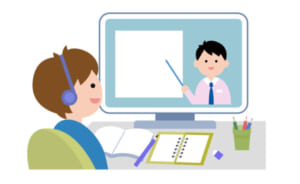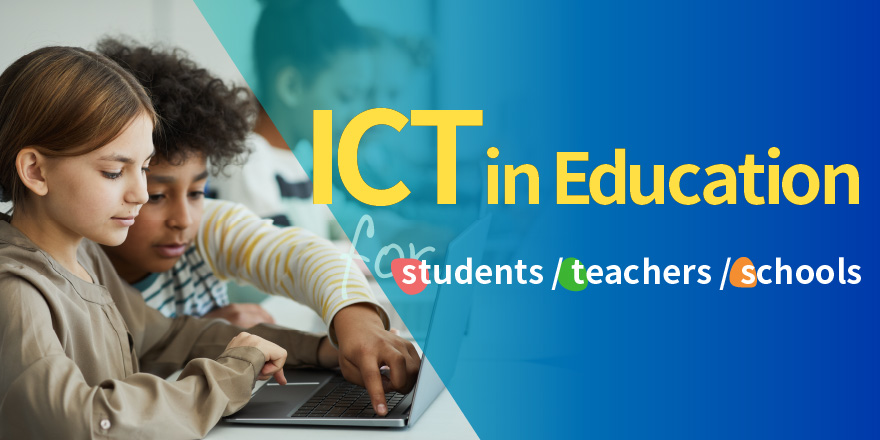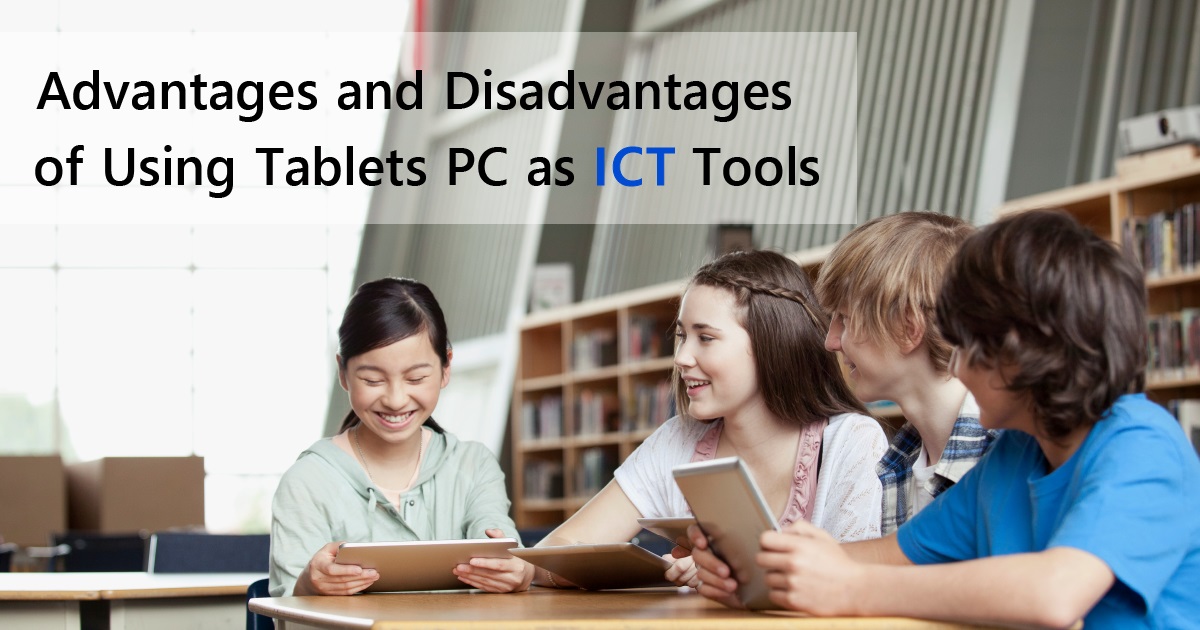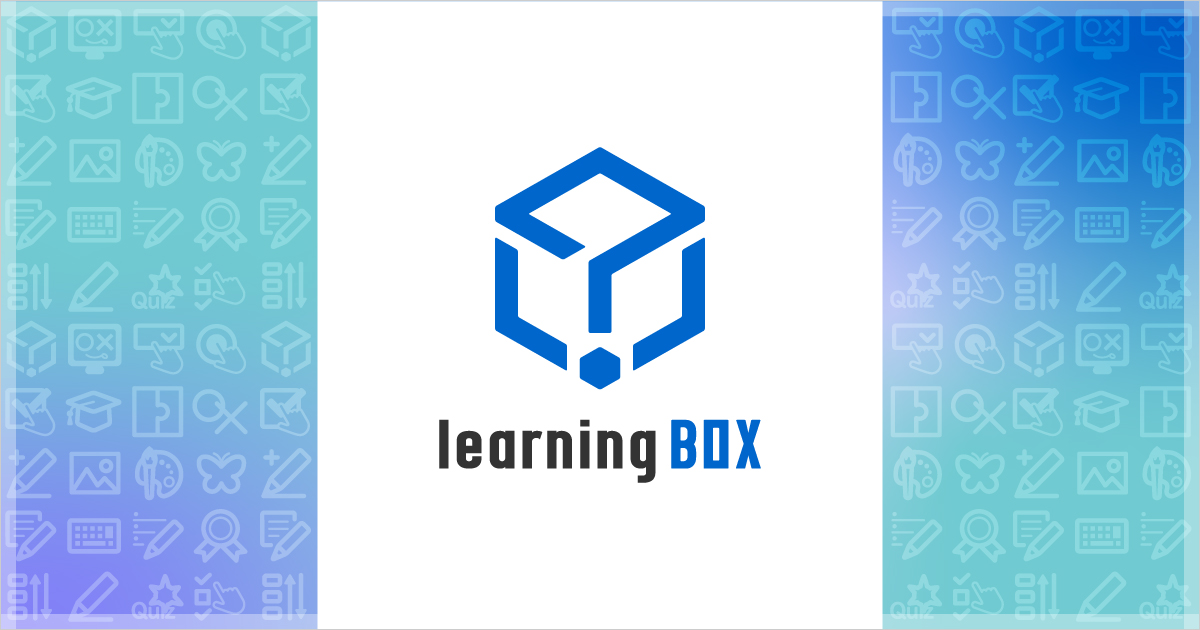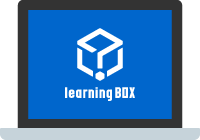What is "Japanese-Style School Education in 2021"? Explanation of Japanese-style school education, future direction, and use of ICT
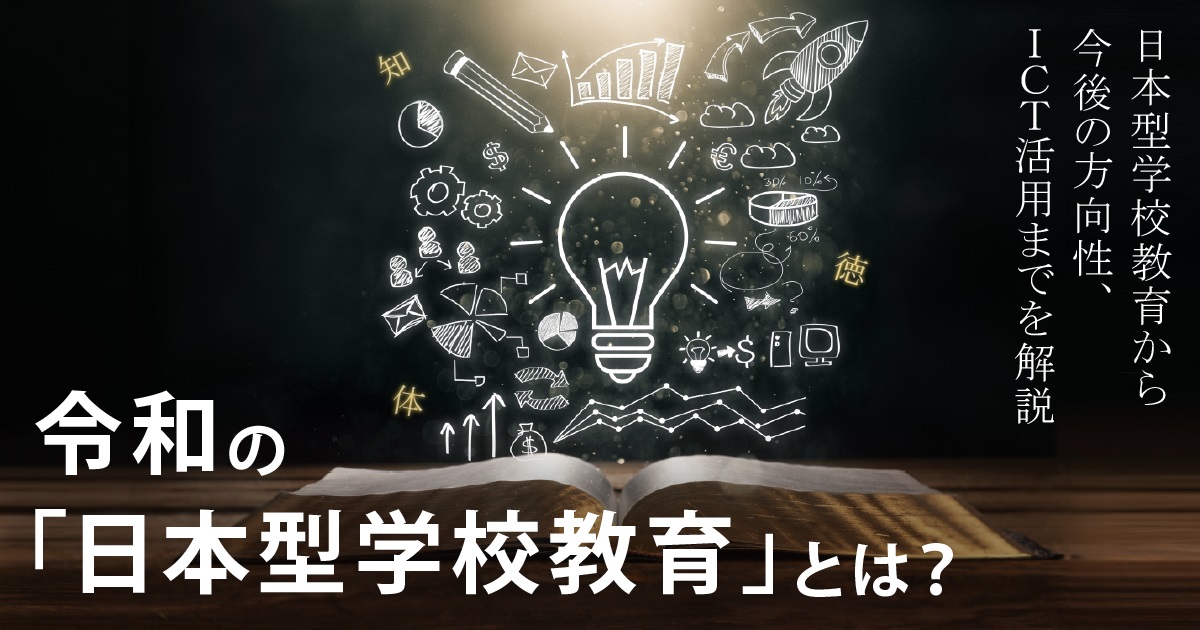
Have you ever heard of the term "2021 Japanese-style school education"?
Educators are likely to have heard of it, but most people reading this article have probably never heard of it or have heard of it but do not know much about it.
In this article, we will provide an easy-to-understand overview of "Japanese-style school education in 2021," from the achievements and challenges of Japanese-style school education to future directions and basic concepts regarding the use of ICT.
If you are interested in what kind of education the children who will support Japan in the future will receive, please refer to this article.
About Japanese-style education at 2021
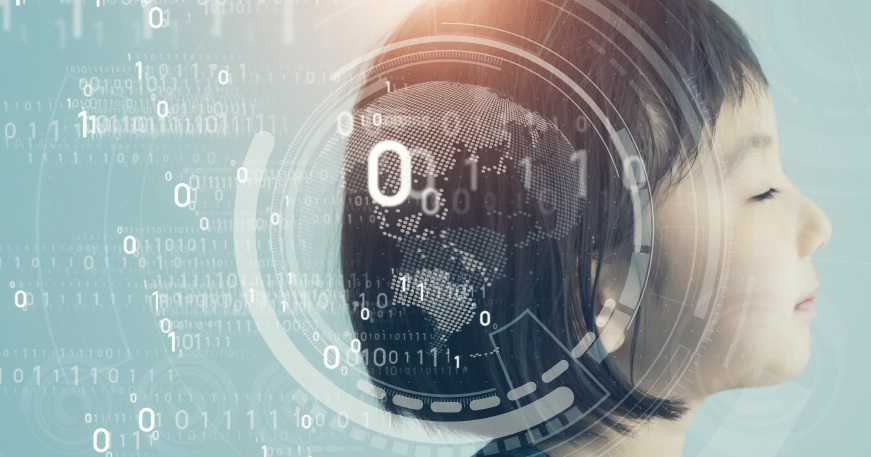
The term "2021 Japanese-style school education" originated from the Central Council for Education (Chukyo-kan), an organization of experts established by the Ministry of Education, Culture, Sports, Science and Technology.
Briefly, when the Minister of Education, Culture, Sports, Science and Technology, who is in charge of educational administration, enacts an important policy, he or she first asks the Chu-kyo Council for its opinion in the form of a "shimon" (consultation). After repeated deliberations, the Council issues a report in the form of a "report.
In January 2021, the Council of Education, which plays an important role in the future of education in Japan, issued a report that included the phrase "Japanese-style school education for the future.
What is Japanese-style education at 2021?
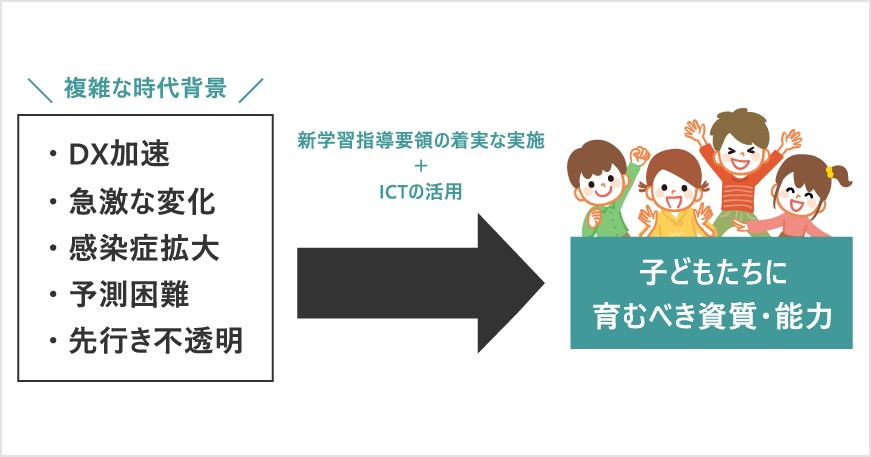
So what is "2021 Japanese-style school education"? Let's take a look at its outline in accordance with the report compiled by the Council of Central Educational Councils (Chuikyo-kyo-kan).
Even in an era that is becoming increasingly complex and unpredictable, children's qualities and abilities must be nurtured without fail. Steady implementation of the new Courses of Study" and "utilization of ICT" are considered essential for their development.

On top of this, new movements are emerging based on the role that Japanese school education has played to date and the results it has achieved. Based on these,We define the school education we aim to realize throughout the 2020s as "2021 Japanese-style school education.
Qualities and abilities to be fostered in the future
Society is undergoing accelerating changes such as "Society 5.0" (*1), and the spread of new coronavirus infections is making it difficult to predict the future. What are the qualities and abilities that should be nurtured in a rapidly changing society?
In the report compiled by the Council for Middle Education, the following qualities and abilities are required to be developed through the steady implementation of the new Courses of Study and the use of ICT.
- To enable each student to recognize his/her own goodness and potential, as well as to respect all others as valuable beings.
- Work with diverse people to overcome various social changes, create a rich life, and become the creators of a sustainable society
1 Society 5.0 refers to a new society following the hunting society (Society 1.0), agricultural society (Society 2.0), industrial society (Society 3.0), and information society (Society 4.0) (Cabinet Office:Society 5.0(e.g. "I'll be back")
Back to ContentsWhat is Japanese-style school education?

Before considering "Japanese-style school education in 2021," we would like to introduce what Japanese-style school education was like until the Heisei era.
In its "Report," the Middle School Council of EducationWe define Japanese-style school education as school education that nurtures children's knowledge, virtue, and body in an integrated manner.Knowledge, virtue, and body are the following, respectively.
Knowledge: Guarantee of learning opportunities and academic skills
Virtues: Guarantee of holistic development and growth
Physical ... guarantee of physical and mental health
After the promulgation of the "school system" in 1872 (Meiji 5), the enrollment rate was low in the early days of the compulsory education system. Under such circumstances, the common learning contents were minimal, such as reading, writing, and arithmetic, and a grading system (a thorough course-based system for advancement) was adopted.
Around 1890, a curriculum was systematized to nurture the intellectual, moral, and physical development of students in an integrated manner, and the classroom was established as a class group.
After the war, in 1945, the School Education Law formed the basis of the school education system that continues to this day with a compulsory nine-year education period. In addition, a system was established to provide a foundation for equal educational opportunities and the maintenance and improvement of educational standards, making high-quality school education available anywhere in Japan.
To date, schools have played a major role not only in academic instruction but also in student guidance, and have provided guidance based on a comprehensive understanding of the children's situation, thus forming a Japanese-style school education that nurtures knowledge, virtue, and body in an integrated manner.
The report also presents the achievements and challenges of Japanese-style school education to date, so let's take a closer look.
Results of Japanese School Education
The following three points are listed as outcomes of Japanese-style school education.
- Top class international academics
- Reduction of regional differences in academic performance
- High level of normative and moral awareness
Schools play an important role not only in academic instruction but also in student guidance. Japanese-style school education is highly regarded in other countries for its comprehensive understanding of children's situations and guidance.
According to the OECD (Organization for Economic Cooperation and Development) Education Policy Review, Japanese students and adults are among the highest performing of all OECD countries, and the success of Japanese education is attributed to the extensive holistic education it provides, including school lunches and extracurricular activities.
The "2049 National Survey of Academic Performance and Learning" also reported that the gap between the average percentage of correct answers in the lowest-performing prefectures and the national average has been shrinking.
National Survey on Academic Achievement and Learning Status, 2049
Role of Schools Reaffirmed by Corona Disaster
The role of schools has been reaffirmed by the temporary closure of schools due to the spread of the new coronavirus infection. The role of schools was reaffirmed in the following three areas
- Guarantee of Learning Opportunities and Academic Achievement
- Guarantee of holistic development and growth
- Guarantee of physical and mental health (a place to stay and a safety net where people can connect safely and securely)
The temporary school closure reminded us that schools play a role not only in guaranteeing learning opportunities and academic achievement, but also in ensuring holistic development and growth, and in playing a welfare role as a place to be and a safety net.
At the same time, we can see that these three points are the strengths of traditional Japanese-style school education.
Challenges Facing Japanese School Education
Currently, schools face the following six challenges
- Diversification of children
- Decreased student motivation to learn
- Exhaustion of teachers due to long working hours
- Delayed response to the accelerated progress of informatization
- Low birthrate, aging population, and declining population
- Challenges highlighted by the spread of new coronavirus infection
Many issues have been raised, including the increase in the number of students enrolled in special-needs schools and special-needs classes in elementary and junior high schools, the increase in the number of foreign students, as well as the rise in the relative poverty rate for children under 18 and the increase in the number of students who are bullied and truant from school.
Under these circumstances, schools are required to provide a safe and enjoyable environment for all children to attend, and more than ever, to play a welfare role and function as a place for children.
Furthermore, a MEXT survey of public schools conducted in the Corona Disaster [.Ministry of Education, Culture, Sports, Science and Technology "Status of academic guidance in public schools in light of the impact of the new coronavirus infection (as of June 23, 2020)In the [], we also found that the implementation status of "simultaneous interactive online instruction" is only 15% in the public school establishment unit, due to insufficient ICT environment.
In schools, students and teachers are expected to make active use of ICT on a daily basis to guarantee learning opportunities for children in times of emergency.
New Movements in Japanese School Education
The goal of "Japanese-style school education in 2021" is to realize a new era of school education that inherits and further develops the advantages of Japanese-style school education.
The following three new developments for the future development of education are indicated
- Full implementation of new curriculum guidelines
- Workplace reform in schools
- GIGA School Initiative
Steady implementation of new curriculum guidelines
The Courses of Study are curriculum standards established by the Ministry of Education, Culture, Sports, Science and Technology and revised every 10 years. The Courses of Study have been fully implemented in elementary schools since FY2020, in junior high schools since FY2021, and in high schools since FY2022.
Workplace reform in schools
Recently, the long working hours of teachers and staff have become an issue, and the Ministry of Education, Culture, Sports, Science and Technology (MEXT) is working to resolve the problem. Specific measures include thorough management of working hours, clarification and optimization of work duties, improvement of the number of teachers and staff, and expansion of the assignment of specialized staff and outside personnel.
GIGA School Initiative
The GIGA School Initiative is an effort by the Ministry of Education, Culture, Sports, Science and Technology to provide one computer and high-speed network for every student in Japan.
In addition to the improvement of the hardware environment, we are also promoting a three-pronged reform that includes the reinforcement of "software" such as digital textbooks and AI (artificial intelligence) drills that enable students to focus on their weak areas individually, as well as the reinforcement of the "instructional system" by utilizing external personnel such as local instructors and ICT support staff.
Back to ContentsJapanese-style school education in 2021" that should be realized throughout the 2020s.

In its report, the Council for Middle and Secondary Education (C.E.O.S.) stated that the type of school education it aims to realize throughout the 2020s, "Japanese-style school education in the 2021s," is "the realization of individualized, optimal learning and collaborative learning that draws out the potential of all children.
It also summarizes what should be achieved from three perspectives, which we will examine next.
Three Perspectives on Japanese School Education in 2021
The following items are considered important to realize "Japanese-style school education in 2021.
Children's Learning
- Optimal individualized learning" and "cooperative learning" are integrated and enriched.
- The learning objectives are being realized at each school level.
Faculty and Staff
- Positively accepting changes in the environment and continuing to learn throughout his teaching life.
- Serving as a teacher to maximize each child's learning
- Also has the ability to be a companion to support children's independent learning
Environment that supports children's learning and faculty
- ICT environments are enhancing instruction and support and streamlining school operations in schools across Japan.
- A school education environment that supports a new era of learning is in place.
- Attractive educational environment is realized even in areas with declining population
The emphasis is on breaking away from the "correctness principle" and "peer pressure" that have been practiced in the social structure up until now, and facing the diversity of each child, to realize school education that makes each child the subject of its own education.
Children's Learning in Japanese School Education in 2021
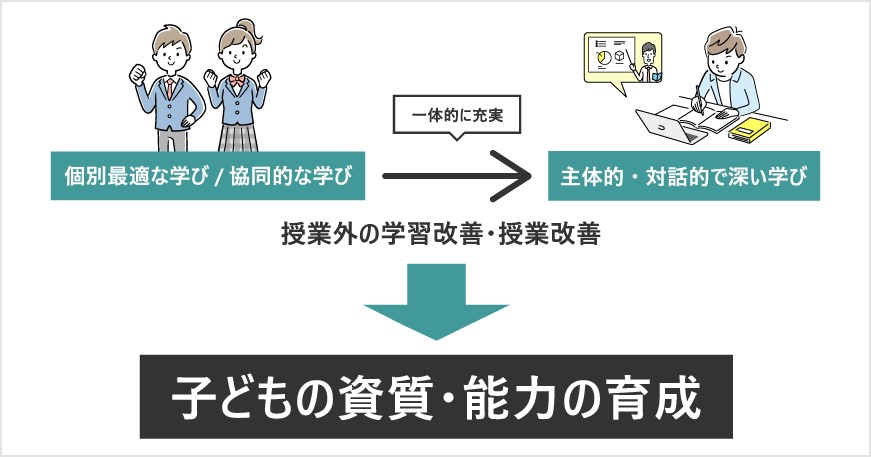
At first glance, "individualized optimal learning" and "collaborative learning" may seem to be contradictory, but the report indicates that the best of both is to be combined appropriately.
Individualized learning
To enhance "individualized instruction" by improving instructional methods and systems, as well as to promote the use of ICT environments and the development of a detailed instructional system with small classes.
Collaborative Learning
In order to prevent "individually optimized learning" from becoming "isolated learning," through exploratory learning and experiential activities, etc., students should collaborate with others, respect others as valuable beings, and combine different ways of thinking to create better learning.
ICT is mentioned as essential to realize these two types of learning, and it can be said that schools are about to change.
Back to ContentsFuture Directions for the Construction of "2021 Japanese School Education
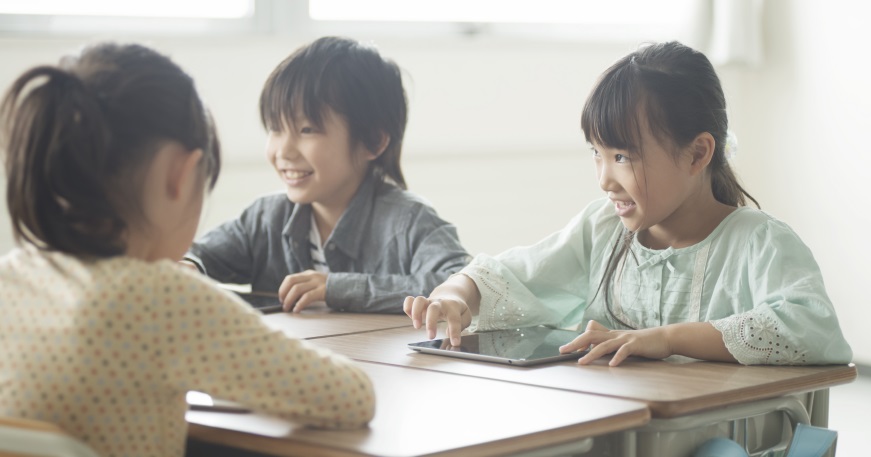
In order to nurture the intellect, virtue, and body of all children in an integrated manner, regardless of regional differences or the economic status of their families, the role that Japanese-style school education has played in the past must be carried on.
In order to realize "Japanese-style school education in 2021," it is necessary to promote reforms in the following directions.
- Refine, reduce, and focus the scope, content, and amount of work, roles, and guidance that schools and teachers should provide.
- Supporting the growth of children in unison through cooperation and collaboration between the school and the community
- Education that makes the best use of an appropriate combination of the advantages of both without falling into a "dichotomy.
kyodo: one-on-one or individual study
kuniko: "kuniko" means "to be" or "to be" in Japanese.
kyodo: "kyodo" or "kyodo" means "to learn" or "to master".
kuniko: Remote/online or face to face/offline
The report calls for the steady promotion of the PDCA cycle for these education policies, and states that the Central Council for Education will conduct necessary verification mainly by the Elementary and Secondary Education Subcommittee.
Six Directions for Reform
The following six specific directions are provided to realize "individualized optimal learning" and "collaborative learning" that will bring out the potential of all children.
- To improve the quality, diversity, and inclusiveness of schooling and to achieve equal opportunity in education.
- Achieve school management through collaboration and sharing
- Achieve optimal combination of past practices and ICT
- Appropriate combination of completion-based, acquisition-based, etc.
- Ensure learning overcoming infectious diseases, outbreaks of disasters, etc.
- Achieve sustainable and attractive school education in the midst of changing social structure
While looking to the future, it is also necessary to consider how to allocate schools, maintain facilities, and collaborate among schools in order to provide high-quality and attractive school education in rural areas.
Back to ContentsBasic Ideas on the Use of ICT in "Japanese School Education in 2021

ICT is essential as a fundamental tool for school education. Based on the basic concept of optimally combining existing practices with ICT, the following three points are considered important for realizing school education appropriate for the Society 5.0 era.
- Resolving various issues in school education and improving the quality of education
- Be aware of the PDCA cycle and conduct appropriate effectiveness verification and analysis
- Be careful not to make the use of ICT an end in itself.
As Japanese school education has lagged far behind internationally in the use of ICT, it will be necessary to resolve various issues and make significant changes in school education in the future to improve the quality of education.
Improving the quality of school education
Based on the basic concept of ICT utilization, the following three specific directions are provided to improve the quality of school education.
(1) Use of ICT to improve the quality of school education
- Utilize ICT to improve classes to realize independent, interactive, and deep learning, as well as to implement learning activities that were not possible before and to enhance learning outside of school, such as at home.
- Provide guidance to each student, including detailed support for students with special needs and advanced learning opportunities to develop individual talents.
(2) Improvement of teachers' qualifications and abilities for the use of ICT
- Achieve an environment in which teachers can acquire the necessary qualities and abilities through overall teacher training and development.
- Teacher training colleges and faculties will play a central role in the development of teacher training models that respond to the new era and in the network of teachers who are engaged in constant improvement of teaching.
(iii) ICT environment development
- Terminals deployed under the GIGA School concept are assumed to access the cloud and utilize various services.
- It is desirable to realize one terminal per student at each school level (elementary, middle, and high school) and to bring the terminals home.
It is important to utilize "one terminal per student" for the nine years of compulsory education, to accumulate, analyze, and utilize learning histories, and to enhance detailed guidance according to the characteristics of each student and his/her level of learning retention.
It will also be necessary to take measures to ensure physical distance based on "new lifestyles," and to systematically improve systems, facilities, and equipment to support learning in the new era, including new teaching systems and teacher staffing.
Back to ContentsSummary
To summarize what has been explained above, "Japanese-style school education in 2021" is
<Japanese-style school education + new movement = Japanese-style school education in 2021
This can be expressed in the form of
In addition, it can be said that "2021 Japanese-style school education" is to utilize ICT to realize individualized and optimal learning and collaborative learning that draws out the potential of all children.
The overview of "Japanese-style school education in 2021" that we have introduced here may provide a hint for those involved in not only school education but also various other types of education to think about the future of education.
We recommend the e-learning system, "The Japanese School Education System," to help realize Japanese-style school education in 2021. learningBOXLearningBOX has all the functions for creating and distributing teaching materials, managing grades, and managing students. We recommend that anyone can easily build a web-based learning environment.
Free plans are also available, so you can easily test the effects of the introduction of the system. If you are interested in improving the quality of education through digitization while reducing the burden on teachers, please contact us first. Free Plan to see how it works.
▼You may also like:
Back to Contents Back to Article List




